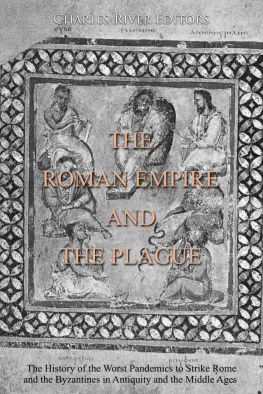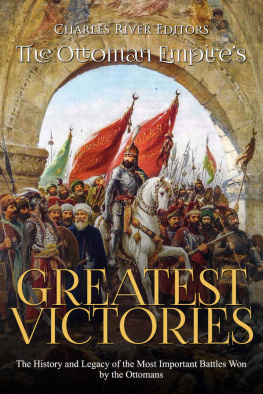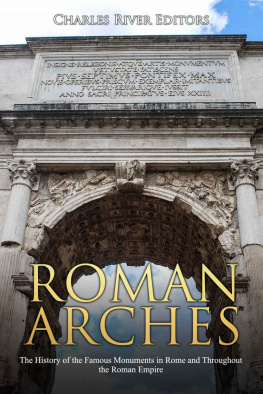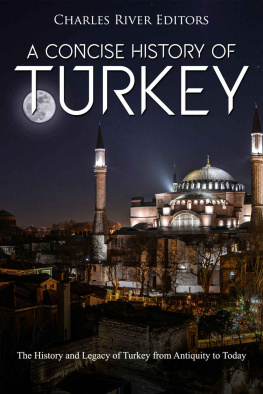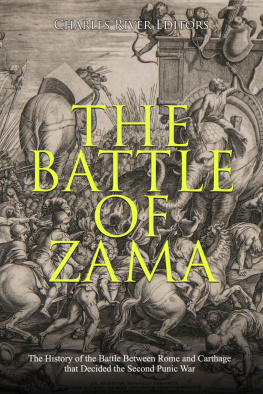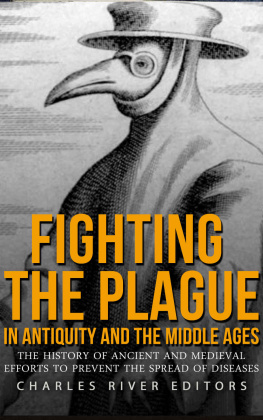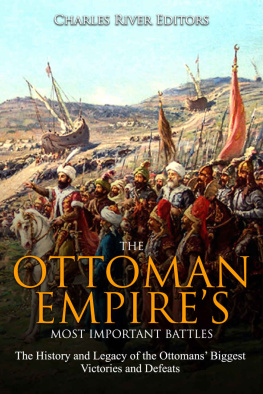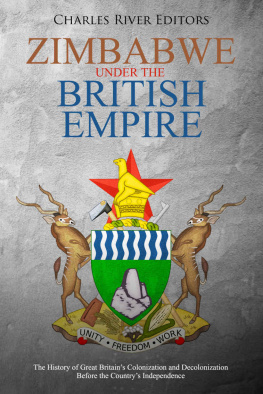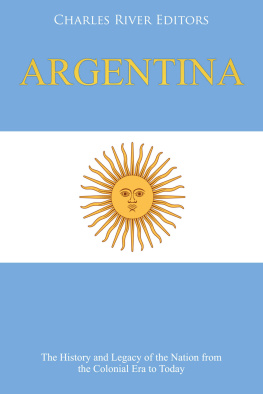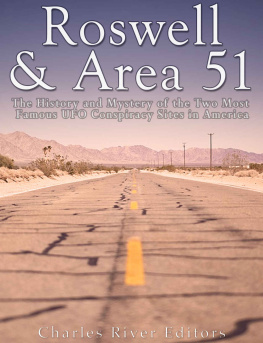Charles River Editors - The Roman Empire and the Plague: The History of the Worst Pandemics to Strike Rome and the Byzantines in Antiquity and the Middle Ages
Here you can read online Charles River Editors - The Roman Empire and the Plague: The History of the Worst Pandemics to Strike Rome and the Byzantines in Antiquity and the Middle Ages full text of the book (entire story) in english for free. Download pdf and epub, get meaning, cover and reviews about this ebook. year: 2020, publisher: Charles River Editors, genre: Science. Description of the work, (preface) as well as reviews are available. Best literature library LitArk.com created for fans of good reading and offers a wide selection of genres:
Romance novel
Science fiction
Adventure
Detective
Science
History
Home and family
Prose
Art
Politics
Computer
Non-fiction
Religion
Business
Children
Humor
Choose a favorite category and find really read worthwhile books. Enjoy immersion in the world of imagination, feel the emotions of the characters or learn something new for yourself, make an fascinating discovery.
- Book:The Roman Empire and the Plague: The History of the Worst Pandemics to Strike Rome and the Byzantines in Antiquity and the Middle Ages
- Author:
- Publisher:Charles River Editors
- Genre:
- Year:2020
- Rating:5 / 5
- Favourites:Add to favourites
- Your mark:
- 100
- 1
- 2
- 3
- 4
- 5
The Roman Empire and the Plague: The History of the Worst Pandemics to Strike Rome and the Byzantines in Antiquity and the Middle Ages: summary, description and annotation
We offer to read an annotation, description, summary or preface (depends on what the author of the book "The Roman Empire and the Plague: The History of the Worst Pandemics to Strike Rome and the Byzantines in Antiquity and the Middle Ages" wrote himself). If you haven't found the necessary information about the book — write in the comments, we will try to find it.
Charles River Editors: author's other books
Who wrote The Roman Empire and the Plague: The History of the Worst Pandemics to Strike Rome and the Byzantines in Antiquity and the Middle Ages? Find out the surname, the name of the author of the book and a list of all author's works by series.
The Roman Empire and the Plague: The History of the Worst Pandemics to Strike Rome and the Byzantines in Antiquity and the Middle Ages — read online for free the complete book (whole text) full work
Below is the text of the book, divided by pages. System saving the place of the last page read, allows you to conveniently read the book "The Roman Empire and the Plague: The History of the Worst Pandemics to Strike Rome and the Byzantines in Antiquity and the Middle Ages" online for free, without having to search again every time where you left off. Put a bookmark, and you can go to the page where you finished reading at any time.
Font size:
Interval:
Bookmark:
By Charles River Editors

Josse Lieferinxes painting of St. Sebastian pleading with Jesus for the life of a gravedigger affected by the Plague of Justinian

Charles River Editors provides superior editing and original writing services across the digital publishing industry, with the expertise to create digital content for publishers across a vast range of subject matter. In addition to providing original digital content for third party publishers, we also republish civilizations greatest literary works, bringing them to new generations of readers via ebooks.
Sign up here to receive updates about free books as we publish them , and visit Our Kindle Author Page to browse todays free promotions and our most recently published Kindle titles.
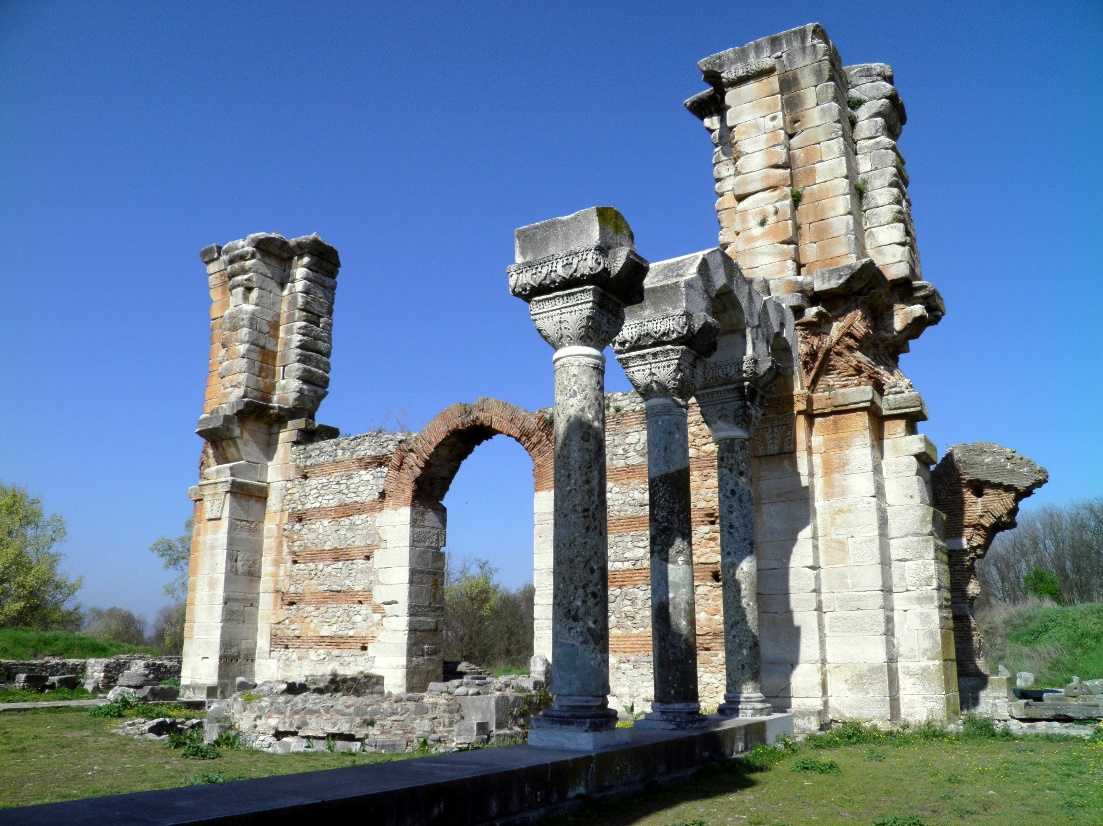
Carol Raddatos picture of the partially built basilica in Philippi, which remained unfinished because of the Plague of Justinian
[A]s the reign of Marcus Aurelius forms a turning point in so many things, and above all in literature and art, I have no doubt that this crisis was brought about by that plague.... The ancient world never recovered from the blow inflicted on it by the plague which visited it in the reign of Marcus Aurelius. - Barthold Georg Niebuhr
[Theodore] made very large pits, inside each of which 70,000 corpses were laid down. He thus appointed men there, who brought down corpses, sorted them and piled them up. They pressed them in rows on top of each other, in the same way as someone presses hay in a loft ... Men and women were trodden down, and in the little space between them the young and infants were pressed down, trodden with the feet and trampled down like spoilt grapes. - John of Ephesus
The Five Good Emperors, a reference to the five emperors who ruled the Roman Empire between 96 and 180 CE (Nerva, Trajan, Hadrian, Antoninus Pius, and Marcus Aurelius), was a term first coined by Machiavelli Machiavelli explained, From the study of this history we may also learn how a good government is to be established; for while all the emperors who succeeded to the throne by birth, except Titus, were bad, all were good who succeeded by adoption, as in the case of the five from Nerva to Marcus. But as soon as the empire fell once more to the heirs by birth, its ruin recommencedTitus, Nerva, Trajan, Hadrian, Antoninus, and Marcus had no need of praetorian cohorts, or of countless legions to guard them, but were defended by their own good lives, the good-will of their subjects, and the attachment of the senate.
Indeed, this period of 84 years is generally regarded as the high point of the Roman Empire, at least after Augustus, but what is uncertain and a matter of ongoing debate is whether the five emperors were personally responsible for the situation and the accompanying prosperity enjoyed throughout the empire at the time or if they were simply the beneficiaries of the Pax Romana , inaugurated by Augustus in the early part of the 1 st century CE. In other words, historians have wondered whether anyone in power during those years would have enjoyed the same rewards.
The description of these rulers as good is also a matter of interpretation, with some scholars suggesting they were only good in comparison to the preceding emperor (Domitian) and the emperor who followed Marcus Aurelius (Commodus). Both of them were horrible rulers in every aspect, making their near contemporaries look all the better.
Regardless, it is clear that the era of the Five Good Emperors was one of unparalleled success and wealth, and the reasons Rome reached its zenith at this time are worthy of scrutiny. Perhaps most noteworthy is that none of these five emperors were blood relatives - while the final two are often referred to as the Antonines, they were not, in fact, related except by adoption, a practice that may in itself provide at least part of the answer to the question as to why this particular period was so magnificent.
These 84 years also witnessed an impressive growth in the size of the Roman Empire. New acquisitions ranged from northern Britain to Arabia, Mesopotamia, and Dacia. Furthermore, existing possessions were consolidated, and the empires defenses improved when compared to what had come before. A range of countries that had been client states became fully integrated provinces, and even Italy saw administrative reforms which created further wealth. Throughout the empire, the policy of Romanization proved successful, at least in terms of introducing a common language, enabling standards of living to rise, and creating a political system minimizing internal strife. As Gibbon loftily put it, If a man were called upon to fix that period in the history of the world during which the condition of the human race was most happy and prosperous he would, without hesitation, name that which elapsed from the deaths of Domitian to the accession of Commodus.
With all of that said, according to some academics, the success these rulers had in centralizing the empire's administration, while undoubtedly bringing huge benefits, also sowed the seeds for later problems. After all, as so many Roman emperors proved, from Caligula and Nero to Commodus, the empires approach to governance was predicated on the ruler's ability. When incompetent or insane emperors came to power, the whole edifice came tumbling down.
Moreover, the success of the emperors ironically brought about the worst plague in Romes epic history. Due to constant warfare on the borders and attempts to defend positions against various groups, Roman soldiers came into contact with foreign diseases, and they unwittingly brought them home when campaigns ended. This culminated around 165 CE, when an unidentified disease brought the empire to its knees and afflicted an untold number of individuals, one of whom may have been Lucius Verus, the co-emperor of Rome alongside Marcus Aurelius.
In addition to the enormous number of casualties, which has been estimated at upwards of 5 million people, the pandemic disrupted Roman trade to the east, affected societies culturally across Europe, and compelled physicians like Galen to study the symptoms in an effort to figure out not only what the disease was, but any potential cures. Of course, that was a tall task for ancient doctors with relatively primitive technology, and even today people continue to debate what the disease was and where it came from, with theories ranging from a smallpox outbreak in China, or possibly measles.
The Bubonic Plague was the worst affliction ever visited upon Europe and the Mediterranean world. Within a few short years, a quarter of the population was taken after a short but torturous illness. Those who escaped faced famine and economic hardship, crops were left unsown; harvests spoiled for lack of harvesters, and villages, towns, and great cities were depopulated. Markets were destroyed, and trade ground to a halt. It must have seemed like the end of the world to the terrified populace. The horror abated, only to return years later, often with less virulence but no less misery.
Many who read a description of that plague might immediately think of the Black Death, the great epidemic that ravaged Europe and the Middle East from 1347-1351, but it actually refers to the lesser-known but arguably worse Plague of Justinian that descended upon the Mediterranean world in 541 and continued to decimate it over the next 200 years. The effects of the pestilence on history was every bit as dramatic as the one in the Late Middle Ages. In fact, the case could be made that the Plague of Justinian was a major factor in the molding of Europe and, consequently, the rest of the world as it is known today, marking a monumental crossroad between the ancient and medieval worlds.
Font size:
Interval:
Bookmark:
Similar books «The Roman Empire and the Plague: The History of the Worst Pandemics to Strike Rome and the Byzantines in Antiquity and the Middle Ages»
Look at similar books to The Roman Empire and the Plague: The History of the Worst Pandemics to Strike Rome and the Byzantines in Antiquity and the Middle Ages. We have selected literature similar in name and meaning in the hope of providing readers with more options to find new, interesting, not yet read works.
Discussion, reviews of the book The Roman Empire and the Plague: The History of the Worst Pandemics to Strike Rome and the Byzantines in Antiquity and the Middle Ages and just readers' own opinions. Leave your comments, write what you think about the work, its meaning or the main characters. Specify what exactly you liked and what you didn't like, and why you think so.

